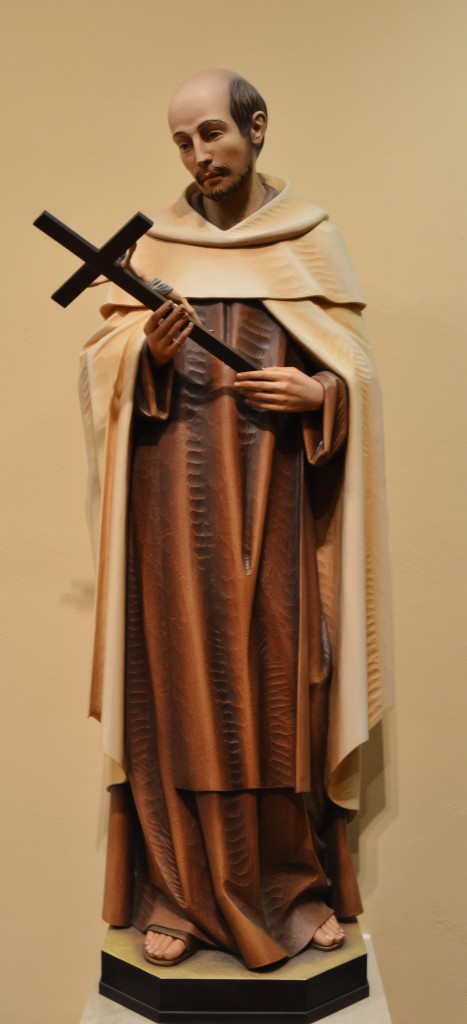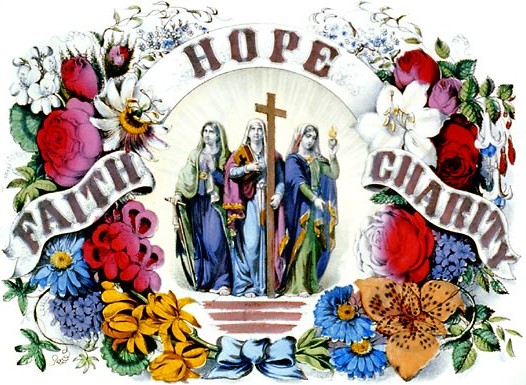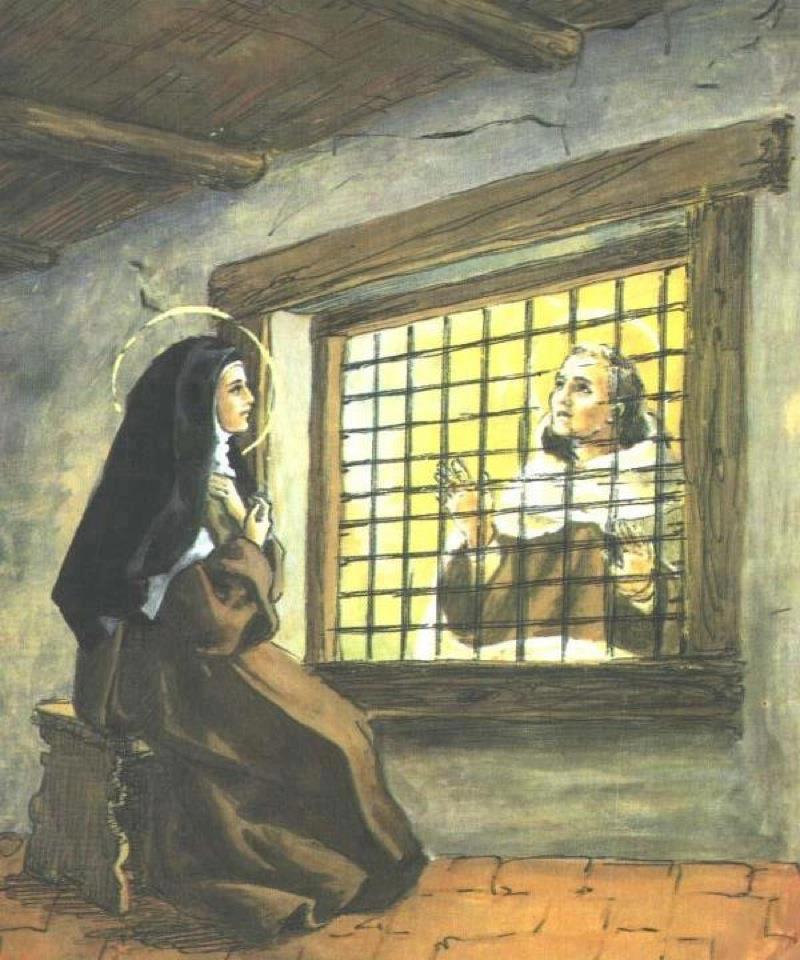The eventual disappearance of images, concepts and reasoning as vehicles communing with God is not merely a chronological occurrence that we await and then adapt to when it happens. In the nature of things, intimate relating to the divine demands a new dimension, an infused communion that transcends the created order. Finite realities are not adequate and proximate means to the infinite. There exists no proportion between them. Jumping higher and higher is no way to try and reach the moon. There is no proportion between human muscle power and leaving the planet. Something entirely new, rocket power, must be introduced if the latter is to be achieved.
To appreciate what John (St John of the Cross) is saying as he insists upon the insufficiency of the created order to bring us to the Uncreated, we must first grasp something of the utter otherness, the transcendence of God. He is not only beyond all things; He is boundlessly beyond them. Created realities are, as one of the councils puts it, more unlike God than like Him. Because no one gets anywhere without a means fit to the destruction, so faith is radically necessary to reach the inner life of the Trinity. The saint appeals to the philosophical axiom that all means must be proportioned to their ends. If a person wants to get to a particular city, he must take a road that leads to it. If a log is to burn, heat must be applied to it. The wood must be made like to the fire so that it may eventually ignite. “If the intellect, then, is to reach union with God in this life, insofar as is possible, it must take the means which bears a proximate resemblance to God and unites with Him. That which bears this near similitude to God is the virtue of faith. While created things bear a trace of the divine, none of them unites proximately with Him or has an essential correspondence to Him. The distance between creation and its Author is endless, and it is faith alone on earth that can bridge the gap. –Father Thomas Dubay ‘Fire Within: St Teresa of Avila, St John of the Cross, and the Gospel on Prayer’







Recent Comments